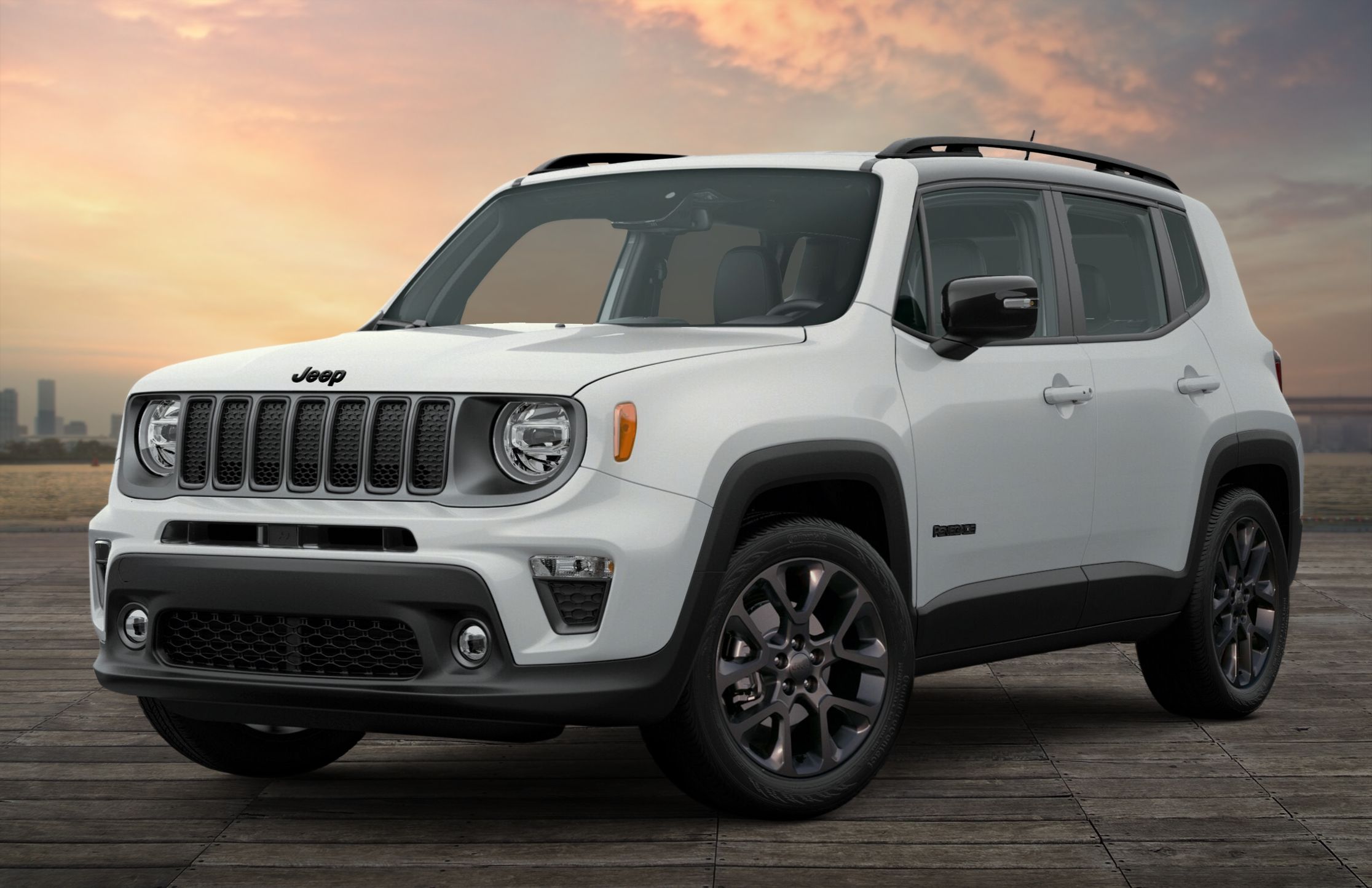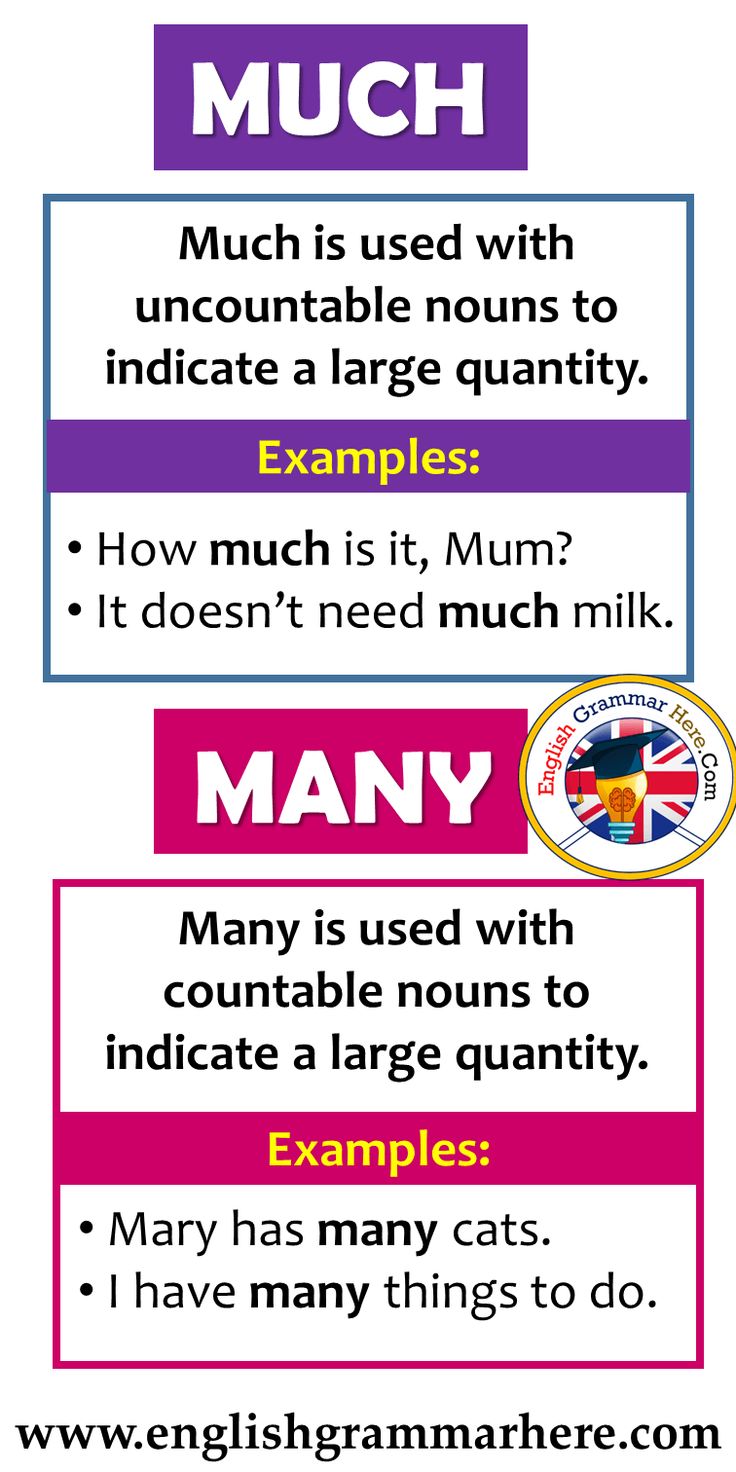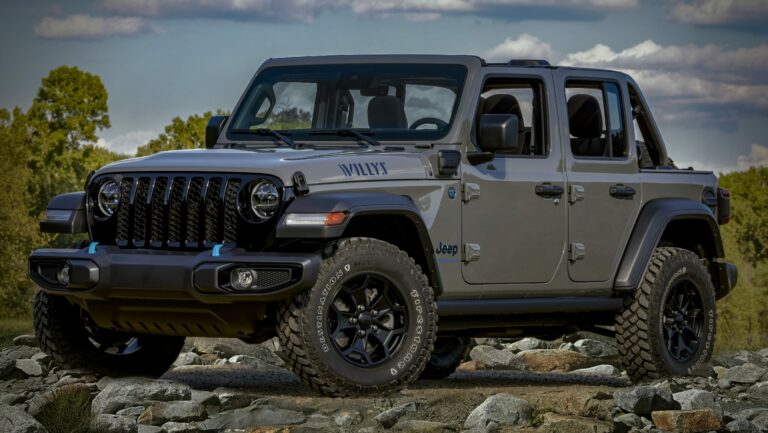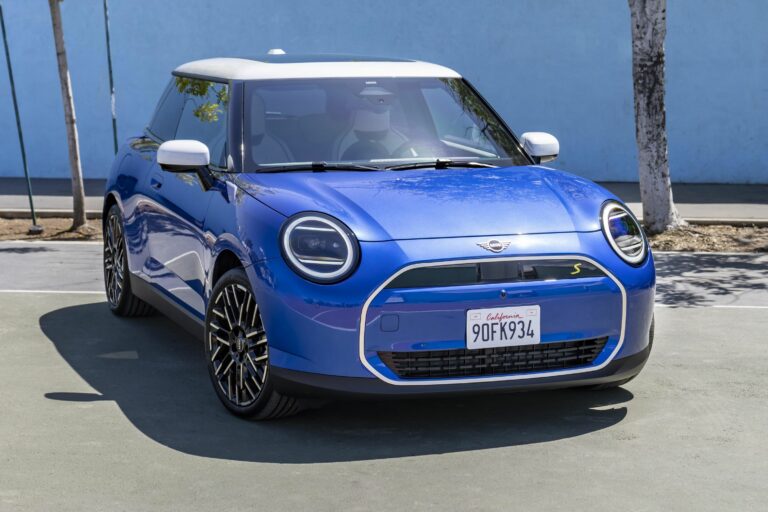Jeep Tub For Sale: Your Ultimate Guide to Buying, Selling, and Understanding Jeep Tubs
Jeep Tub For Sale: Your Ultimate Guide to Buying, Selling, and Understanding Jeep Tubs jeeps.truckstrend.com
The iconic Jeep, a symbol of freedom, adventure, and rugged capability, is more than just a vehicle; it’s a lifestyle. For many enthusiasts, owning a Jeep is a continuous journey of customization, repair, and restoration. At the heart of this journey often lies one crucial component: the Jeep tub. When we talk about a "Jeep tub," we’re referring to the main body shell of the vehicle – the passenger compartment, encompassing the floor, firewall, cowl, and often the integrated fenders. It’s the core structure that defines the classic Jeep silhouette.
Why would someone be searching for a "Jeep tub for sale"? The reasons are as varied as the trails Jeeps traverse. Perhaps a beloved vintage CJ has succumbed to the relentless march of rust, or an accident has left a modern Wrangler’s body beyond economical repair. Custom builders might seek a bare tub as the canvas for a unique project, while restorers aim to bring a classic back to its original glory. Whatever the motivation, acquiring the right Jeep tub is a critical step, influencing everything from the structural integrity to the aesthetic appeal and the ultimate value of the finished vehicle. This comprehensive guide will navigate the complexities of buying, selling, and understanding Jeep tubs, providing you with the insights needed to make informed decisions.
Jeep Tub For Sale: Your Ultimate Guide to Buying, Selling, and Understanding Jeep Tubs
Why Are Jeep Tubs Sold Separately? The Core Reasons
Understanding why Jeep tubs become standalone components on the market is the first step in appreciating their value and role in the automotive ecosystem. Here are the primary drivers:
- Rust and Corrosion: This is arguably the most common reason, especially for older models like the CJ series (CJ-5, CJ-7, CJ-8) and early YJs. Over decades of exposure to moisture, salt, and various elements, steel tubs are highly susceptible to rust, particularly in floor pans, hat channels (the structural supports under the floor), and fender wells. When rust becomes extensive, replacing the entire tub is often more cost-effective and structurally sound than attempting extensive patch repairs.
- Accident Damage: Collisions can warp, tear, or crumple the body beyond repair. While the frame might be salvageable, a severely damaged tub necessitates replacement to ensure safety and proper alignment.
- Restoration Projects: Purists restoring a vintage Jeep to concourse condition will often seek out the best possible tub, whether it’s a rust-free used original or a brand-new reproduction, to serve as a perfect foundation.
- Custom Builds and Modifications: Off-road enthusiasts and customizers frequently modify Jeep tubs. This could involve stretching a tub for a longer wheelbase, bobbing the rear for better departure angles, or swapping a classic tub onto a modern frame (e.g., a CJ tub on a YJ chassis). Starting with a bare tub simplifies these extensive modifications.
- Donor Vehicles: Sometimes, an entire Jeep is purchased as a "donor" for its engine, transmission, or axles, leaving the tub as a surplus component to be sold.
- Conversions: Projects like converting a standard Jeep into a pickup truck often involve significant cutting and modification of the rear tub section, leading to the sale of the removed portion or the decision to start with a new tub entirely.

In essence, the tub is a significant structural and cosmetic component. Its availability separately allows for targeted repairs, major overhauls, or complete transformations, keeping countless Jeeps on the road and trails.

Types of Jeep Tubs Available: New vs. Used, Steel vs. Fiberglass
When you embark on the search for a Jeep tub, you’ll primarily encounter three categories, each with its own set of advantages and disadvantages:
1. OEM Used Tubs (Original Equipment Manufacturer)
These are tubs salvaged from existing Jeeps. Their condition can range from pristine (rare) to heavily rusted or damaged.
- Pros:
- Originality: Maintains the authentic feel and look of the vehicle.
- Cost-Effective (Sometimes): A used tub in decent condition can be cheaper than new reproductions.
- Fitment: Designed specifically for your model, minimizing installation headaches with other OEM components.
- Cons:
- Rust/Hidden Damage: The biggest challenge. Rust can be extensive, often hidden under layers of paint or undercoating. Previous repairs might be poorly done.
- Age and Wear: Even rust-free tubs will show signs of age, dings, and minor imperfections.
- Availability: Finding a good condition used tub for older models can be a scavenger hunt.

2. Aftermarket Reproduction Steel Tubs
These are brand-new tubs manufactured by third-party companies, designed to replicate the original steel tubs. Popular manufacturers include Omix-ADA, Quadratec (through their associated brands), MD Juan, and sometimes specialist restoration shops.
- Pros:
- Brand New, No Rust: The most significant advantage. You start with a clean slate.
- Often Thicker Steel: Some reproductions use slightly thicker gauge steel than original, potentially offering better durability.
- Ready for Prep/Paint: Typically arrive in e-coat primer, ready for bodywork and paint.
- Cons:
- Cost: Significantly more expensive than most used tubs.
- Fitment Nuances: While generally good, minor fitment issues with original accessories or mounting points can occasionally arise, requiring slight modifications.
- Not "Original": For concourse restorations, a reproduction tub isn’t considered original equipment.
3. Aftermarket Fiberglass Tubs
These tubs are molded from fiberglass composite materials, offering a different set of characteristics.
- Pros:
- Rust-Proof: Fiberglass doesn’t rust, making it an excellent choice for vehicles in corrosive environments.
- Lightweight: Lighter than steel, potentially improving performance and fuel economy slightly.
- Often Cheaper than New Steel: Can be a more budget-friendly option than a brand-new steel reproduction tub.
- Easier to Repair (Certain Damages): Dents are not an issue, and minor cracks can be repaired with fiberglass kits.
- Cons:
- Durability in Impacts: Less forgiving than steel in a severe impact, potentially cracking or shattering rather than deforming.
- Different Feel/Sound: Some enthusiasts report a different "feel" or increased road noise compared to steel.
- Not Original: Definitely not for purists seeking OEM originality.
- Painting Challenges: Requires specific primers and paint types designed for fiberglass.
The choice between these types depends heavily on your budget, your project goals (restoration vs. custom build vs. daily driver), and your tolerance for potential issues.
Key Considerations Before Buying a Jeep Tub
Purchasing a Jeep tub is a significant investment of time and money. Careful consideration before you buy can save you immense headaches down the line.
-
Compatibility is Paramount:
- Model Year: Ensure the tub is designed for your specific Jeep model (e.g., CJ-7, YJ, TJ). While some tubs can be adapted to different frames (like a CJ tub on a YJ frame), this requires significant fabrication skills and should not be assumed as a direct bolt-on.
- Wheelbase: Confirm the tub’s wheelbase matches your frame. Stretching or shortening a tub is a major undertaking.
- Frame Type: The tub mounts directly to the frame. Differences in frame design between models mean you can’t simply swap tubs without modifications.
-
Condition Assessment (for Used Tubs):
- Rust Hotspots: Pay meticulous attention to common rust areas:
- Floor Pans: Both front and rear.
- Hat Channels: The structural supports underneath the floor. These are critical for strength and often rust from the inside out.
- Body Mounts: Where the tub bolts to the frame.
- Fender Wells: Especially around the tires.
- Cowl and Firewall: Area around the windshield and engine bay.
- Tailgate Opening: Rust can form here and spread.
- Accident Damage/Previous Repairs: Look for signs of crumpled metal, poor bodywork (excessive bondo, poor welds), or misaligned panels. A magnet can help detect thick layers of body filler.
- Overall Straightness: Is the tub square? Are the door openings uniform? Misalignment can lead to issues with doors, windshields, and tops fitting correctly.
- Rust Hotspots: Pay meticulous attention to common rust areas:
-
Material Choice: Revisit the pros and cons of steel vs. fiberglass based on your priorities (rust resistance, impact durability, originality, weight, budget).
-
Title/VIN Implications (Less Common for Tubs Only):
- Most tubs sold separately do not come with a VIN. The VIN is typically affixed to the frame and sometimes the firewall or dash. If you’re buying a tub that includes the cowl/firewall where a VIN might be present, ensure it’s legitimate and clear if you intend to use it for registration purposes (though usually, the frame VIN is paramount). For most tub replacements, this isn’t a major concern as your original frame’s VIN will be retained.
-
Shipping and Logistics:
- Jeep tubs are large and surprisingly heavy. Shipping costs can be substantial, often equaling or exceeding the cost of the tub itself, especially for long distances.
- Plan how you will transport it: Do you need a flatbed trailer? Will the seller help load it? Consider freight shipping if buying from afar, and get quotes before committing.
-
Budget Allocation:
- Factor in not just the purchase price of the tub but also shipping, bodywork, priming, painting, and any replacement hardware (body mounts, bolts, etc.). A "cheap" tub might quickly become expensive once all necessary repairs and preparation are accounted for.
Where to Find Jeep Tubs For Sale
Knowing where to look is half the battle. Here are the most common avenues:
- Online Marketplaces:
- Craigslist/Facebook Marketplace: Excellent for local finds, potentially allowing you to inspect the tub in person and avoid shipping costs. Use broad search terms and check frequently.
- eBay: Offers a wider geographical reach. Be wary of sellers without good feedback, and always confirm shipping arrangements.
- Jeep-Specific Forums and Social Media Groups: Many online communities dedicated to specific Jeep models (e.g., CJ-7 owners group, YJ forum) have "for sale" sections. These often feature knowledgeable sellers and can provide valuable advice.
- Salvage Yards/Auto Wreckers: A treasure trove for used OEM parts. Call ahead to inquire about Jeep tubs and be prepared to visit and inspect.
- Specialized Aftermarket Retailers:
- Companies like Quadratec, Morris 4×4 Center, Omix-ADA, and MD Juan (direct or through distributors) are primary sources for brand-new reproduction steel or fiberglass tubs.
- Jeep Restoration Shops: Some shops might have tubs from previous projects, or they can often source them for you through their network.
- Word of Mouth/Local Clubs: Networking with other Jeep enthusiasts in your area can sometimes lead to unexpected finds.
The Buying Process: Tips for a Smooth Transaction
Once you’ve found a potential tub, here’s how to proceed for a successful purchase:
- Do Your Homework: Before contacting a seller, know exactly what model tub you need, your budget, and your criteria (e.g., "must be rust-free" or "minor rust okay").
- Ask Detailed Questions: For used tubs, inquire about the vehicle’s history (if known), why the tub is being sold, any known rust or damage, and if any repairs have been performed. Ask for specific photos of rust-prone areas. For new tubs, confirm the manufacturer, material, and what’s included (e.g., does it come with a tailgate, windshield frame, etc.?).
- Inspect Thoroughly (for Used Tubs):
- In Person: Always try to inspect a used tub in person if possible. Bring a powerful flashlight, a magnet (to check for bondo), and a small hammer (to gently tap and listen for solid metal vs. rust scale).
- Underside: Critically inspect the hat channels and body mounts from underneath.
- Inside and Out: Look for ripples, uneven surfaces, and signs of previous repairs.
- Negotiate: For used tubs, there’s often room for negotiation, especially if you find minor imperfections. Be polite but firm.
- Secure Payment: For local transactions, cash is common. For larger online purchases, consider secure payment methods like PayPal (with buyer protection) or an escrow service for high-value items. Never wire money to an unknown seller.
- Plan Logistics: Confirm pickup/delivery times and ensure you have appropriate transportation (trailer, tie-downs, blankets to prevent scratches) ready before you finalize the purchase.
Restoration and Installation Insights
Once you have your new (or new-to-you) tub, the real work begins.
- Preparation: For used tubs, this involves extensive cleaning, rust removal (grinding, media blasting, rust converters), and bodywork to address dents or minor damage. New tubs will require degreasing and light scuffing.
- Priming and Paint: Apply a high-quality automotive primer, followed by your chosen paint system (single stage, or base coat/clear coat). Don’t forget to paint the underside for protection.
- Undercoating/Sound Deadening: Applying undercoating to the underside and sound deadening material (like Dynamat or spray-on solutions) to the interior floor can significantly reduce road noise and protect against corrosion.
- Mounting: Carefully align the tub on the frame, using new body mounts and hardware. Proper shimming might be necessary to achieve correct alignment and prevent stress on the tub.
- Reassembly: This is where all the components – doors, tailgate, windshield frame, seats, dashboard, wiring – are reinstalled. Take your time and ensure everything fits correctly.
- Professional Help: Don’t hesitate to consult a professional body shop or restoration expert if you encounter issues beyond your skill level, especially with structural repairs or complex paint jobs.
Jeep Tub For Sale: Estimated Price Guide
Please note: Prices are highly variable based on condition, location, market demand, and specific features. This table provides a general estimate. Shipping costs are not included and can add hundreds to over a thousand dollars.
| Jeep Model (Example) | Tub Type | Condition/Features | Estimated Price Range (USD) | Notes |
|---|---|---|---|---|
| CJ-5 (1976-1983) | Used OEM (Steel) | Fair (some rust, minor dents) | $500 – $1,500 | Often requires significant rust repair; good for budget builds or if you have fabrication skills. |
| Used OEM (Steel) | Good (minimal rust, straight) | $1,500 – $3,000+ | Rare find, commands higher prices. Expect minor imperfections. | |
| Aftermarket (Steel) | New (e-coat primered, ready for paint) | $3,000 – $4,500+ | Brand new, no rust. May require minor fitting adjustments. | |
| Aftermarket (Fiberglass) | New (primered, lightweight, rust-proof) | $2,500 – $4,000 | Lighter, never rusts, but different feel/impact resistance. | |
| CJ-7 (1976-1986) | Used OEM (Steel) | Fair (significant rust, especially floor/channels) | $400 – $1,200 | Common project. Often cheaper due to prevalence of rust. |
| Used OEM (Steel) | Good (minor rust, solid structure) | $1,200 – $2,500+ | Best used option if found. | |
| Aftermarket (Steel) | New (e-coat primered, includes tailgate) | $3,500 – $5,500+ | Most popular new reproduction due to CJ-7 popularity. Often includes tailgate, sometimes windshield frame. | |
| Aftermarket (Fiberglass) | New (primered, includes tailgate) | $3,000 – $4,800 | Popular for those wanting a rust-free, lower-maintenance build. | |
| YJ Wrangler (1987-1995) | Used OEM (Steel) | Fair (rust in common spots, minor dents) | $600 – $1,800 | Similar rust issues to CJs, but often slightly less severe on average due to newer age. |
| Used OEM (Steel) | Good (minimal rust, straight) | $1,800 – $3,000+ | More common to find in better used condition than CJs. | |
| Aftermarket (Steel) | New (e-coat primered) | $3,000 – $4,500+ | Good option for YJ restoration, less common than CJ repros but available. | |
| TJ Wrangler (1997-2006) | Used OEM (Steel) | Fair (some rust, often rocker panels) | $800 – $2,000 | Generally less rust than older models, but rocker panels and frame are common issues. |
| Used OEM (Steel) | Good (solid, straight, minimal rust) | $2,000 – $3,500+ | Often sourced from drier climates. | |
| Aftermarket (Steel) | New (e-coat primered) | $3,500 – $5,000+ | Less demand for full TJ tubs compared to older models, but available for major repairs or custom builds. | |
| JK Wrangler (2007-2018) | Used OEM (Steel) | Good (salvaged from accident, minor damage) | $1,500 – $4,000+ | Very rare to find a bare tub for sale, usually sold as a salvaged chassis or cut-off sections. High demand due to modern vehicle cost. |
Frequently Asked Questions (FAQ) about Jeep Tubs
Q: Can I put a CJ tub on a YJ frame?
A: Yes, it’s a popular modification (often called a "YJ-CJI" or "YJ-CJ"). The YJ frame is slightly longer than a CJ-7 frame and has different body mount locations. It requires custom fabrication for body mounts and potentially other adjustments for components like steering and drivetrain. It’s not a direct bolt-on.
Q: Do new reproduction tubs come painted?
A: No, typically new reproduction steel tubs come with an "e-coat" primer, which is a rust-preventative coating. They require proper bodywork, priming, and painting before installation. Fiberglass tubs also come primered and require paint.
Q: How much does shipping a Jeep tub cost?
A: Shipping costs vary significantly based on distance, carrier, and whether it’s residential or commercial delivery. Expect anywhere from $500 to $1,500 or even more within the continental US. It’s crucial to get a shipping quote before purchasing a tub from a distant seller.
Q: Is it hard to replace a Jeep tub myself?
A: Replacing a Jeep tub is a significant project, generally considered moderate to advanced for a DIY mechanic. It requires lifting equipment (hoist, forklift, or multiple strong friends), mechanical knowledge to disconnect all components, and potentially some fabrication skills for body mounts or minor adjustments. It’s a time-consuming process.
Q: What’s better, a steel or fiberglass tub?
A: It depends on your priorities.
- Steel: Offers original feel, better impact resistance, and is preferred for authentic restorations. However, it’s prone to rust.
- Fiberglass: Is rust-proof, lighter, and often easier to repair minor cosmetic damage. It’s great for trail rigs or areas with heavy salt, but can crack in severe impacts and doesn’t feel "original."
Q: Does a replacement tub come with a VIN?
A: Generally, no. The VIN is legally attached to the frame and sometimes the firewall/dash of the original vehicle. A replacement tub is considered a body part, not a new vehicle, so your original frame’s VIN will be retained.
Concluding Summary
The quest for a "Jeep tub for sale" is often the beginning of a passionate restoration, a transformative custom build, or a vital repair that keeps a cherished vehicle alive. Whether you opt for a battle-hardened used OEM tub, a pristine new steel reproduction, or a lightweight, rust-proof fiberglass alternative, the decision hinges on a careful balance of budget, project goals, and personal preference.
By understanding the types of tubs available, diligently inspecting their condition, and planning your logistics, you can navigate the market with confidence. The Jeep tub isn’t just a piece of metal or composite; it’s the foundation upon which your Jeep dreams are built. Choose wisely, and you’ll be well on your way to countless more adventures.





